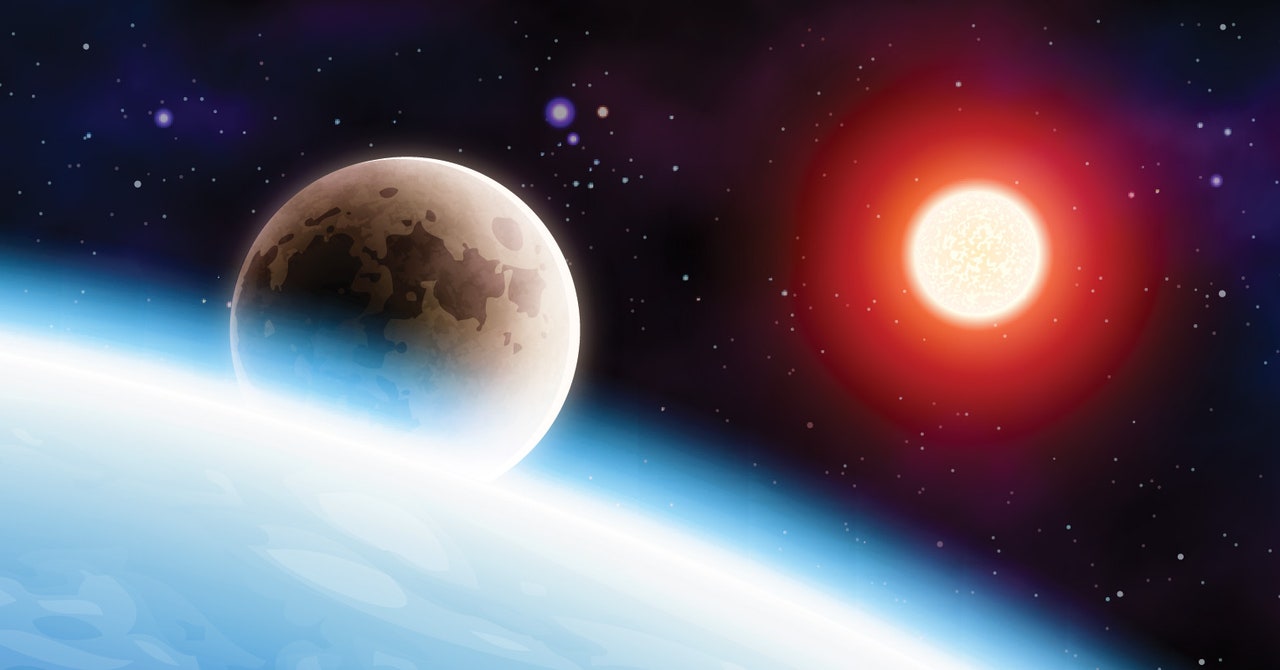
Earth, sun, moon: three objects in space whose interactions have a pretty big impact on our lives. Earth orbits the sun once a year, and it rotates on its axis about once a day (depending on your definition of “rotate”). This gives us the night-day sequence and the yearly cycle of the seasons.
The moon’s gravitational tug influences the tides. On a monthly cycle, we can also see the phases of the moon, which are caused by the relative positions of these three orbs. A full moon makes it possible to see at night. Before electric lights, this was a big deal.
You can see how these interactions structure our whole idea of time. So if you were writing a science textbook, you’d want to include an illustration of the Earth-sun-moon system, right? But guess what, you can’t. The distances and differences in size make it practically impossible.
Let’s say we want to build a model of the sun and Earth alone. Earth has a radius of about 6,371 kilometers (3,959 miles), but let’s represent this with a marble 1 centimeter in diameter. To keep things in scale, I’d have to use a giant beach ball for the sun—the kind people knock around at rock concerts—more than a meter in diameter. You could fit 1.3 million marbles into it.
But wait! It gets worse. That beach ball would also have to be 117 meters away. That’s longer than a football field. Now try to take a picture of the ball and the marble. Good luck with that.
Modeling the Earth and moon would be easier. If we use that marble for the moon, Earth would be a tennis ball, with a diameter of 6.7 centimeters. Now for the fun part. How far apart do you think we should put them? Take a guess. You’ll probably be wrong because we never see the Earth and moon together. The answer is 2 meters. Here’s what that would look like:
Illustration: Rhett Allain




